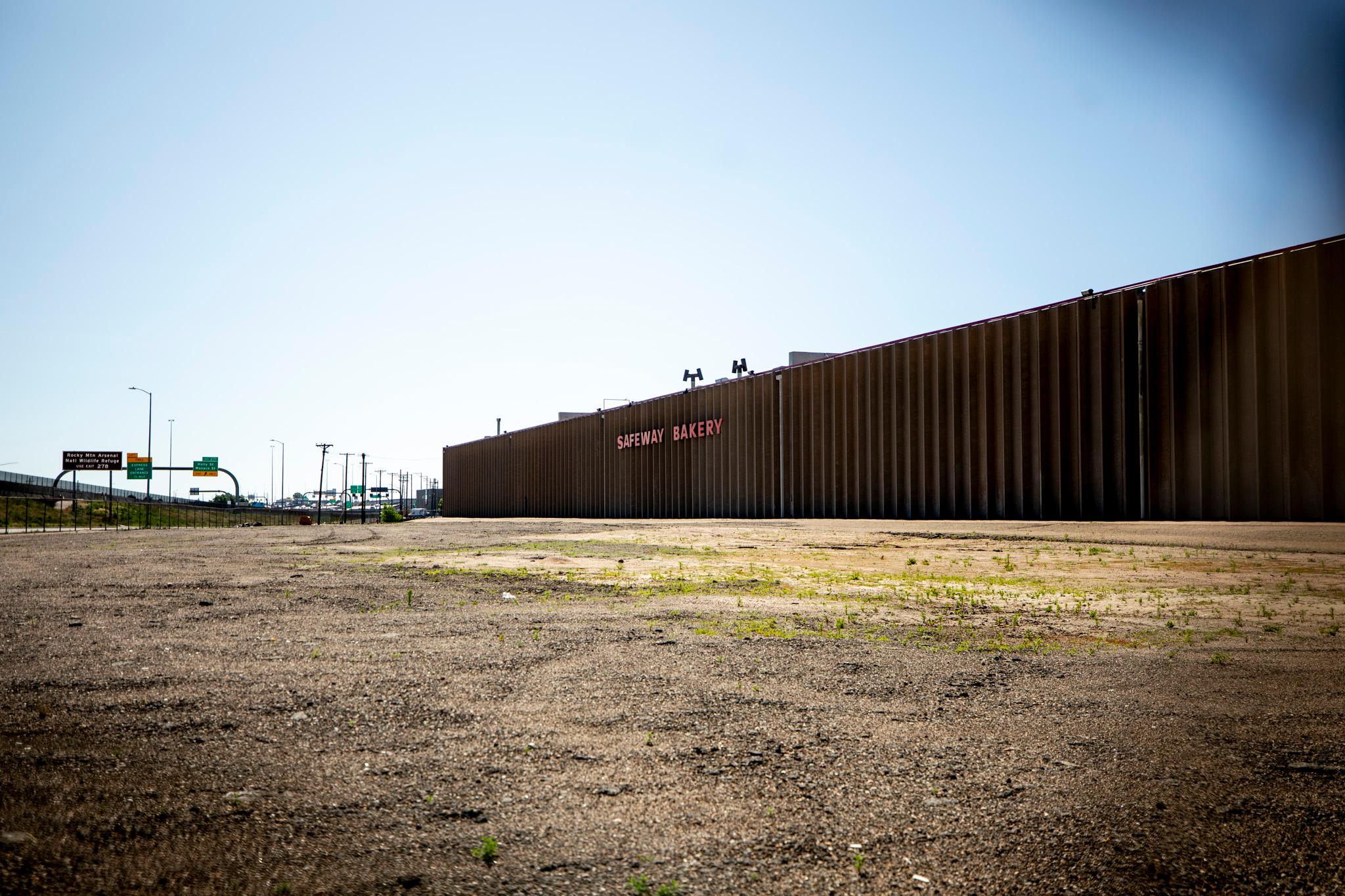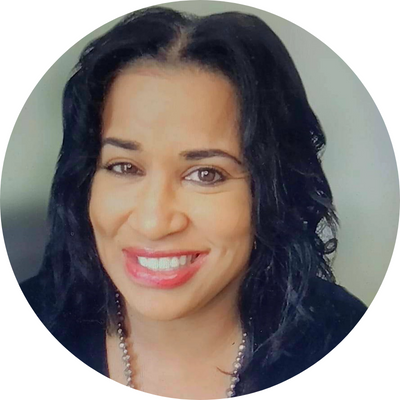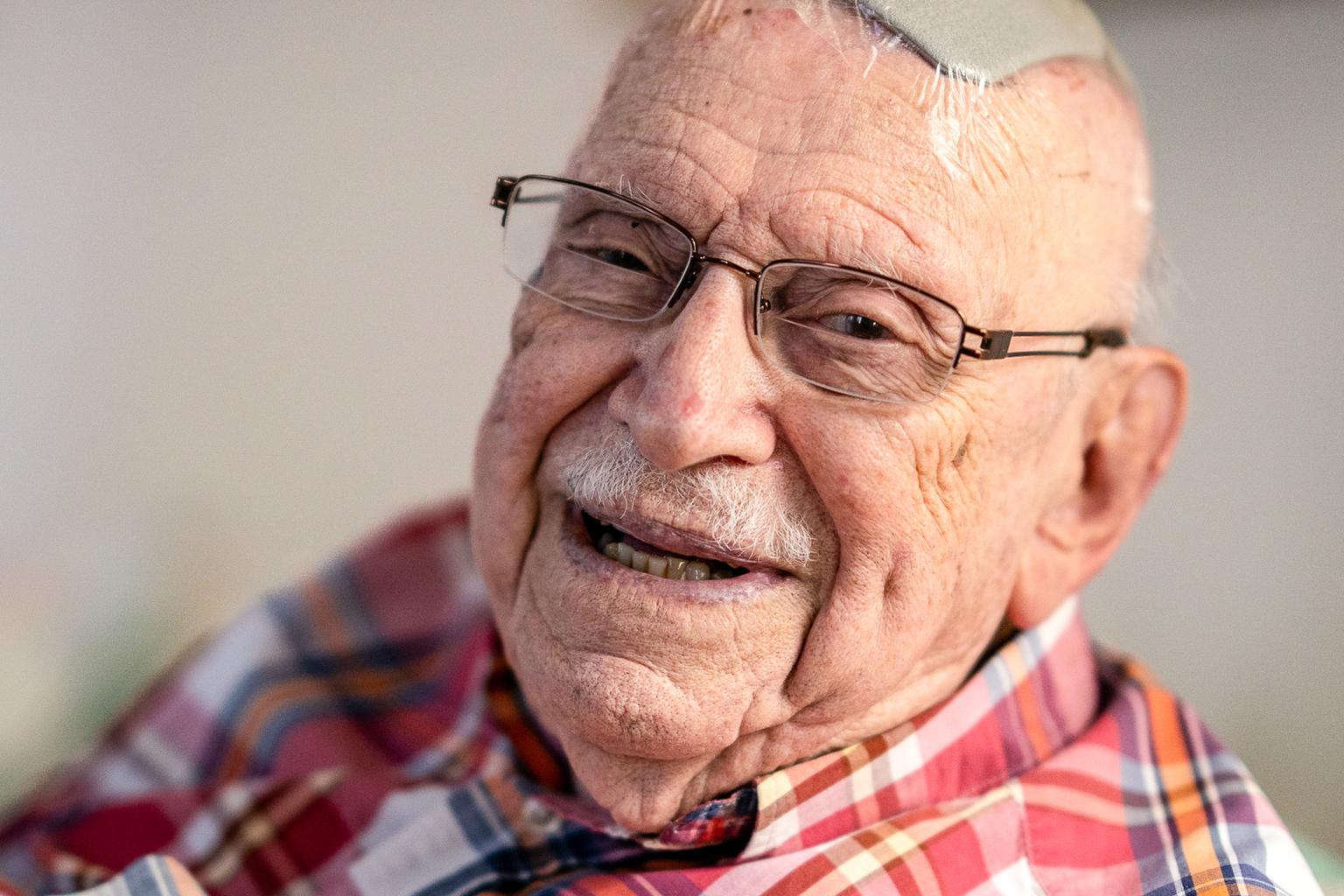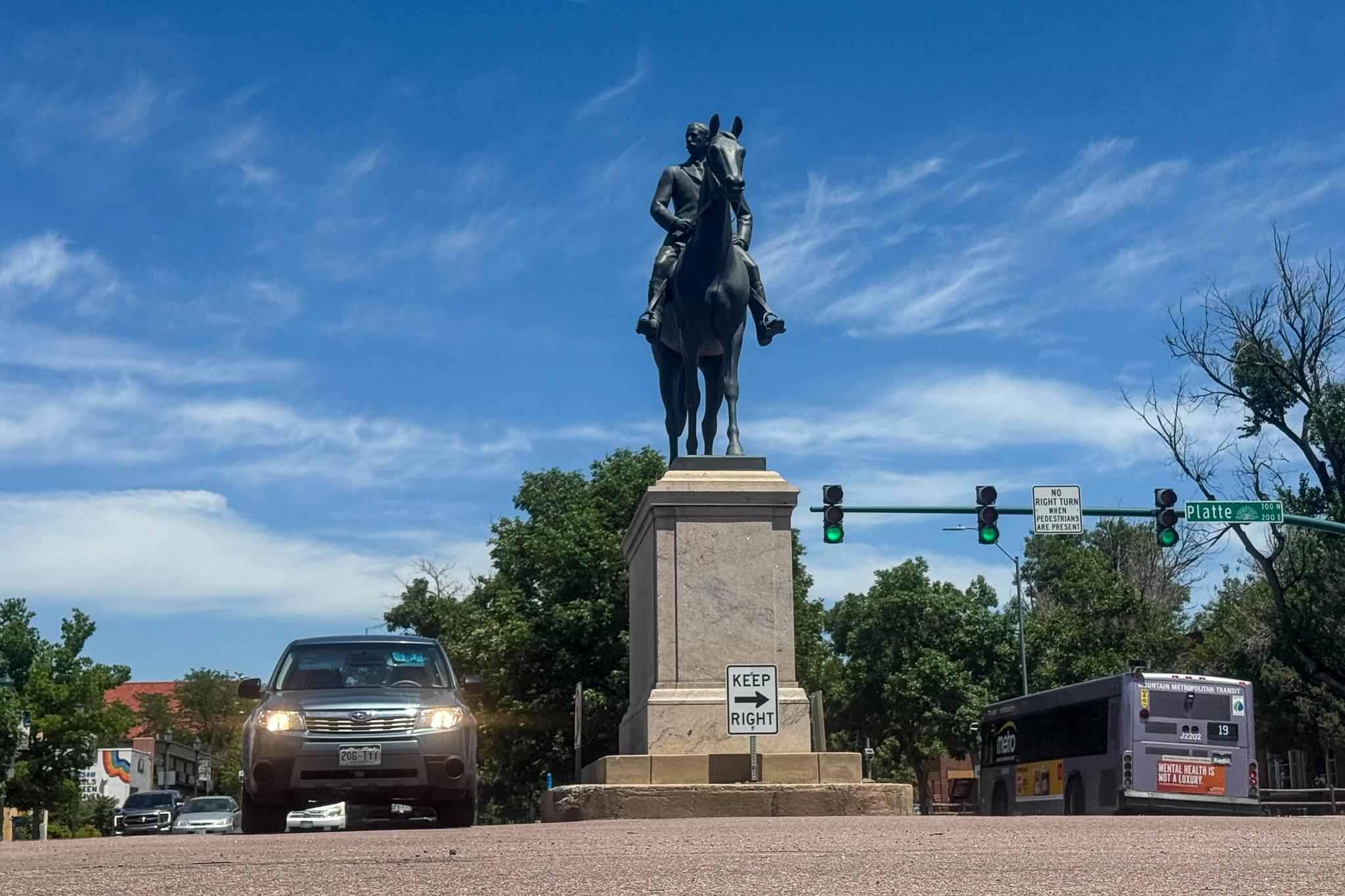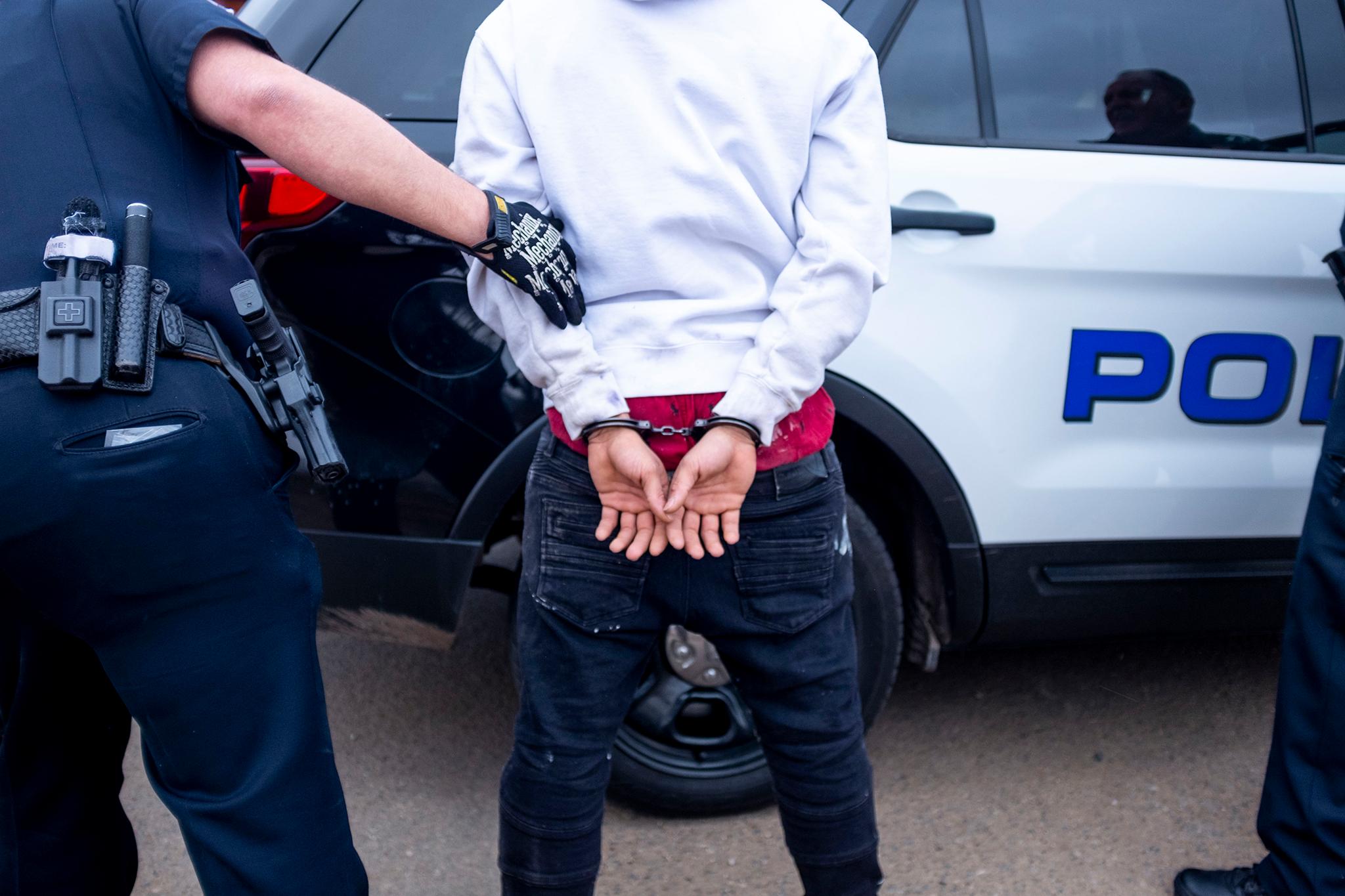
They have methamphetamine and other drug use, and stolen cars, and guns, just like towns and cities along the Front Range, but there hasn’t been a shooting by a law enforcement officer in La Plata and two other southwest Colorado counties in more than six years.
“Life is precious,” said Durango Police Chief Bob Brammer. “I know that our officers are having confrontations on the street and they do draw their duty weapons on occasion. Their training and experience and relative pause in a situation … They are able to de-escalate situations to the point they don’t have to resort to deadly force.”
A lot of research goes into preventing officer-involved shootings. Restrictions on shooting into cars; hiring better decision makers and offering more training in de-escalating tense situations are just some of the ways cities across the country have reduced their numbers.
- Meth, Guns And Aggressive Tactics Are A Deadly Mix That Drives Police Shootings In Colorado
- Calls For Training, More Transparency Follow Investigation
- Explore Our Shooting Database By Law Enforcement Agency
- Meth Makes Suspects Harder To Non-Lethally Take Down, So Many End Up Dead In Colorado
- When Police Make The Decision To Shoot: 'You Can’t Even Imagine How Horrifying It Can Be'
- There's No Simple Solution, But Efforts To Reduce Shootings Can Clearly Save Lives
- Northglenn Agrees To Nearly $9M Settlement In 2017 Officer Shooting
- Keep Track Of 2020's Police Shootings
There is no simple, single solution, but efforts to reduce shootings have clearly saved lives.
Like Stevey Blea’s.
In 2018 in southwest Denver, Blea, 31, left a residence with another woman and got into an SUV that had been reported stolen.
Denver Police tried to wedge Blea and the Chevy Tahoe in place. Pointing a gun at Blea, who was driving, an officer ordered her out of the car, according to his body camera. Blea ignored him. Police then tried to break the driver’s side window using a flashlight, to no avail.
She rammed the officers’ vehicles, rocking back and forth in an effort to get her car out — a maneuver that has resulted in justified homicide by police in other Colorado cities.
But the Denver officers stayed patient.
“She got out,” one of the officers radioed back to dispatch. “We’re fine.”
She was arrested later and eventually convicted of car theft and vehicular eluding.
No one expects a cop to take a bullet when facing off against an armed person in crisis. And the number of guns on the street in the hands of people who shouldn’t have them means officer-involved shootings will never be eliminated completely.
But in law enforcement agencies across the country — including those in Colorado — CPR News found that policy and training have the potential to reduce the number of times an officer has to fire a weapon.
“If there is no policy in the department and there is no training in the department, then officers will do what their culture has told them to do for the last 50 years,” said Chuck Wexler, executive director of the Police Executive Research Forum.
Wexler pointed out that in New York, which has roughly 35,000 police officers, officers used to fire at people 800 to 900 times a year.
In 2019, Wexler said because of training and policy, the force shot at just 25 people and 11 died.
“That big notion of proportionality really cuts through much of our thinking today,” Wexler said. “Is our use of force really warranted in these situations?”
He noted much of what New York PD has done is a “gold standard.”
But knowing how to train to reduce shootings requires police to first know what they are up against.
The state keeps some data on the circumstances around officer-involved shootings, but even those responsible for the collection of it acknowledge that scores of departments don’t contribute at all. It may not represent all police shootings, much less provide a level of detail necessary to spot trends among suspects who challenge the police.
“Nobody collects enough data on police shootings or use of force,” said University of Colorado Denver professor and certified police trainer Paul Taylor. “And the data that we do collect is not nearly granular enough to tell us anything meaningful.”
CPR’s collection and analysis of six years of records from Colorado’s law enforcement shootings revealed a few things that weren’t widely understood and a few that weren’t known at all, even to people within the system.
Among them:
- This is almost exclusively a male problem. Just 4 percent, or 13 people, of those shot in the state by police over six years were women.
- Just a handful of the kind of calls officers respond to provide the impetus for most of the shootings. Shootings resulted from 36 different kinds of calls. But responding to domestic violence complaints, serving warrants, approaching stolen vehicles and traffic stops were the impetus for half of the 309 shootings.
- Drugs and alcohol — often methamphetamine — are present in more than 80 percent of fatal shootings, where toxicology reports can be conducted. That makes it likely that substance abuse plays a similarly-sized role in all shootings.
- Guns are the greatest challenge law enforcement officers face, and they are present in 83 percent of the incidents where a weapon is involved that lead to shootings.
Departments that don’t follow established best practices offer several explanations for continuing to shoot into cars or having officers aggressively approach people acting irrationally while high on drugs. They have a job to do. Training is expensive. They don’t want to handcuff their officers in the field. They comply with all state requirements.
But attorneys who represent families in shooting cases say they have seen one thing that gets immediate results in a department: A lawsuit.
“To make these municipalities who do not want to change their behavior pay as much money as possible until the taxpayers of that municipality are fed up,” said Siddhartha Rathod, an attorney who routinely represents families suing police departments for excessive force. “Then they elect in or demand a change in their leadership.”
Northglenn hasn’t had a leadership change — but police did follow a payout to two families by strengthening policy.
On Dec. 13, 2017, a couple in their 20s were likely sleeping in a stolen car in a driveway.
Cops approached the car. The driver, Jeremy Patscheck, who was high on paranoia-inducing methamphetamine and other drugs, panicked and tried to get away, bumping the police cruiser as he tried to maneuver out.
Cops told investigators they were afraid of being hit and so they opened fire, striking Patscheck eight times and killing him immediately. They also shot Serina Minella, who was in the passenger seat. She is paralyzed from the neck down and will require care for the rest of her life.
Neither was armed.
“He didn’t have a mean bone in his body, not one,” said Patscheck’s dad, David. “It’s been two years and I miss him. I miss him every day.”
Through a statement, Minella’s family called her a “vibrant young woman, who was a blackbelt and loved to hike and be outdoors and is forever trapped in a body she has no ability to control.”
Northglenn and its insurer paid out almost $9 million to the Patscheck and Minella families. Minella’s settlement goes into a medical trust she can access for health care for the rest of her life.
Northglenn Police Chief Jim May called the incident “tragic” and said the cops who responded to that call are no longer officers on the force, though one of them still works in the records department.
May also reiterated in an interview with CPR News that Northglenn officers are not supposed to shoot into cars under most circumstances. If officers violate this rule, they face discipline.
“I can tell you since the Patscheck case, we’ve had five or six incidents where subjects would ... go at the officers, one hit an officer and knocked him down, but no shots were fired,” May said. “The officers had great discipline.”
That’s a start, said Patscheck’s mother, Melanie, who thinks police need to remember that not every call should be life or death.
“What about a pair of handcuffs?” she said. “If he was doing something illegal, can’t you arrest him? Why did you have to shoot him?”

